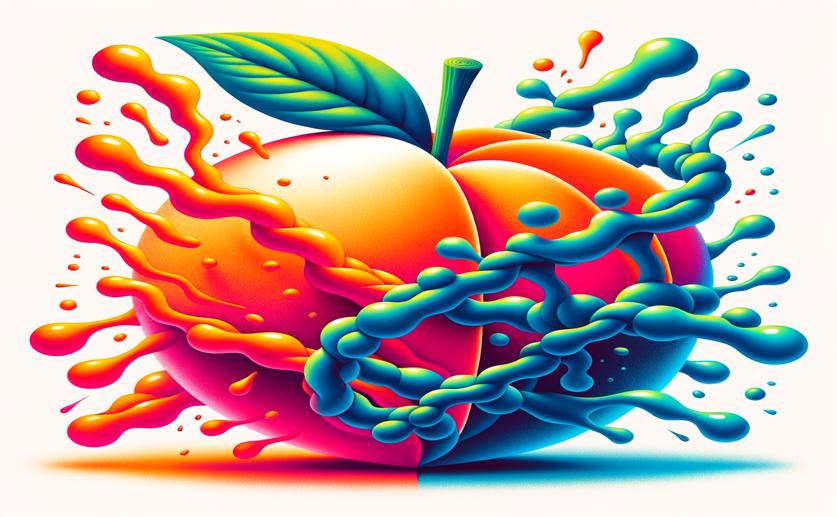
How Two Proteins Work Together to Soften Peaches as They Ripen
Greg Howard
18th April, 2024

Image Source: Natural Science News, 2024
Key Findings
- Researchers at Henan Agricultural University found genes that slow peach ripening
- Silencing these genes resulted in firmer peaches, suggesting they control softening
- This discovery could lead to longer-lasting peaches with less waste
References
Main Study
1) Tandem transcription factors PpNAC1 and PpNAC5 synergistically activate the transcription of the PpPGF to regulate peach softening during fruit ripening.
Published 17th April, 2024
Journal: Plant molecular biology
Issue: Vol 114, Issue 3, Apr 2024
Related Studies
2) The NAC side of the fruit: tuning of fruit development and maturation.
3) Transcriptional and epigenetic analysis reveals that NAC transcription factors regulate fruit flavor ester biosynthesis.
4) Stone formation in peach fruit exhibits spatial coordination of the lignin and flavonoid pathways and similarity to Arabidopsis dehiscence.



 15th April, 2024 | Jenn Hoskins
15th April, 2024 | Jenn Hoskins